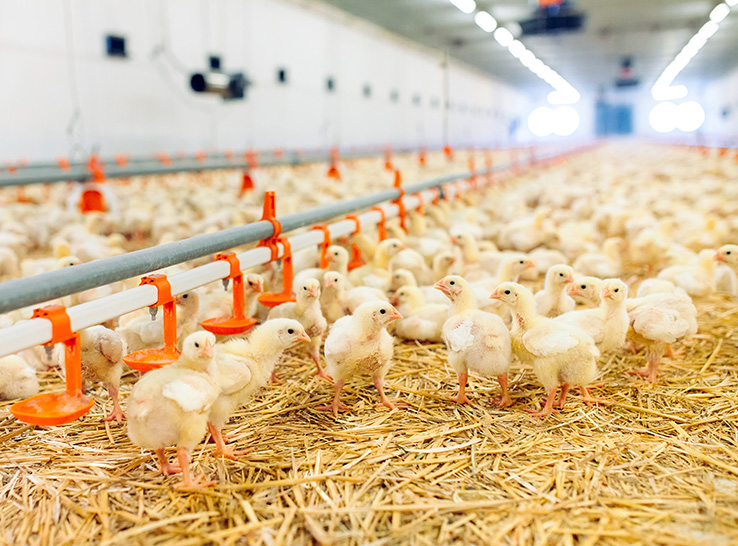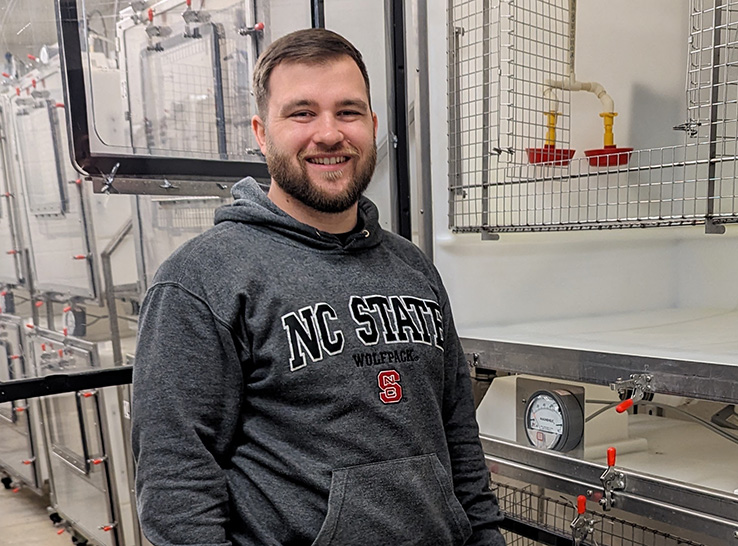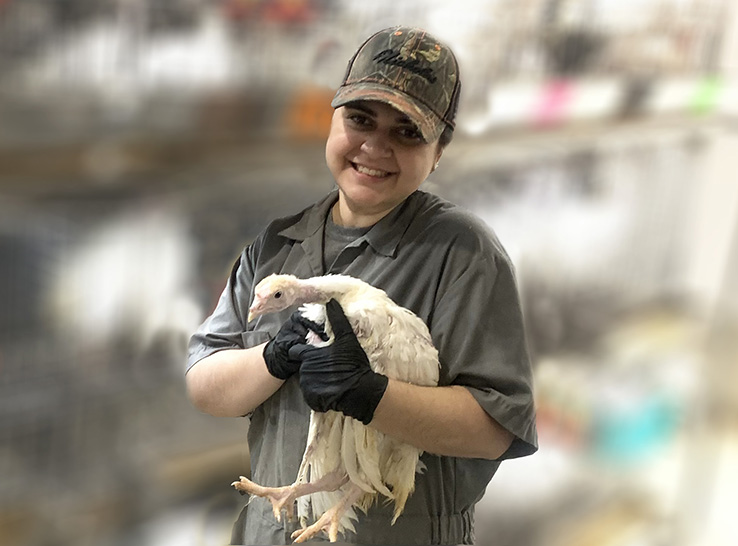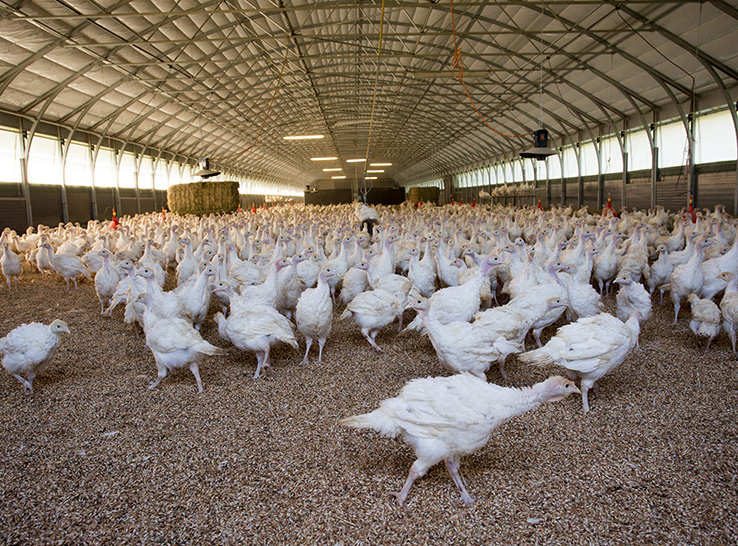By Justin Lowery, MS
North Carolina State University
Raleigh, North Carolina, USA
I can always tell when I enter a turkey house afflicted with an enteric disease. The air is musty due to increased humidity from copious amounts of diarrhea. The smell of an inflamed, occasionally necrotic gut permeates the air. It’s a smell you must experience at least once to fully comprehend.
One important cause of that smell is cochlosomiasis, a disease caused by Cochlosoma anatis, a flagellated protozoan parasite. C. anatis targets the intestinal tracts of turkey, waterfowl and some wild birds primarily in areas of the Ozarks and Blue Ridge Mountains.
Cochlosomiasis was largely under control in the US until the anti-protozoal medications nitroimidazole and metronidazole were removed from the market for treatment of this disease.1 Since then, cases of cochlosomiasis have been increasing. It’s causing significant issues in turkey production from Arkansas to Virginia, resulting in economic losses and causing many headaches for the industry veterinarians trying to control the disease.
Hits young birds hard
The enteritis caused by C. anatis is particularly detrimental to younger birds. It commonly results in depressed weight gain, flock non-uniformity and runting, diarrhea, ruffled feathers and tiredness (Figure 1).
Figure 1. A typical scene inside a turkey house with a cochlosomiasis outbreak
Research findings
C. anatis has been the major focus of my research, which I conduct under the guidance of Lin Walker, PhD. For my master’s thesis, I characterized the effects of cochlosomiasis in the turkey poult gut and assessed the gross effects of poult age at the onset of disease.
The disease model was adapted from other protozoan-parasite turkey research conducted at North Carolina State University. Birds were inoculated with C. anatis at 14 days old and samples of the poult gut were collected at 28 days of age.
Overall, we’ve found a potential deficiency in amino acid digestibility, smaller duodenal and jejunal villi, and indications of blood pH imbalance associated with cochlosomiasis as well as potential disruptions of the enteric microbiota. These findings may all indicate issues associated with nutrient uptake and utilization, suggesting potential targets for symptom-management options when managing cochlosomiasis outbreaks.
Delving into age of onset
We have also observed severe disease effects associated with an earlier age at the time of inoculation, resulting in elevated mortality and severely stunted growth. These results are available in my thesis at the NC State Library Repository with manuscripts awaiting publication.2
Our research studies for cochlosomiasis have required the use of “seeder birds” to grow enough C. anatis for a proper inoculum concentration of cells. To achieve this, our protocol includes inoculation of the seeder birds 1 week prior to the full-study inoculation to harvest fresh C. anatis.
In one study, we decided to keep unneeded seeder birds rather than culling them. I noticed a significant visual difference in the size and appearance of the birds compared to the other birds that were inoculated 1 week after the seeder birds. In short, this resulted in the hypothesis that runting in turkey flocks may not be from disease effects alone, but from the age at which birds became infected with C. anatis.
Practical applications
It also indicated that it may be possible to use the smallest bird in an infected flock as an “index patient” — aka “patient zero” — when an outbreak occurs. This proof of concept, elucidated in my master’s thesis, may make it possible to establish a standard size for turkeys associated with the age at cochlosomiasis onset; that, in turn, could enable a traceback to the general time point when C. anatis was introduced into a flock and help identify potential specific events preceding the onset of cochlosomiasis. These events may include environmental changes such as sudden temperature changes, wild bird and waterfowl migrations or activity from other farms that could push potential vectors, like insects, from one farm to another.
This brings me to my anticipated PhD research, where I plan to focus on the epidemiology of C. anatis using geographic information systems, a polymerase chain reaction assay and an in-progress cultivation technique. I hope to ultimately provide ways to assess the risk for cochlosomiasis outbreaks on a farm and provide information regarding the prevention of C. anatis in commercial production birds.
Currently, my recommendation for preventing and managing cochlosomiasis in turkey flocks is to cull severely ill birds and remove dead birds as soon as possible. C. anatis can remain alive (and thus infectious) in dead birds and excreta for many hours, allowing healthy birds to interact with the carcass and wet litter impregnated with infectious cells and leading to further disease spread. Keeping the litter dry (i.e., tilling litter) seems to be the most sustainable option for decreasing disease spread. We are searching for a confirmed C. anatis vector to provide better advice for enhanced biosecurity measures.
1 The Federal Register. Federal Register https://www.federalregister.gov/documents/2014/02/27/2014-02617/zoetis-inc-et-al-withdrawal-of-approval-of-new-animal-drug-applications-for-combination-drug
2 Lowery J. 2023. Evaluating the Effects of Cochlosoma anatis Infection on Turkey Poult Gut Health and Performance. Master’s thesis at North Carolina State University. https://repository.lib.ncsu.edu/handle/1840.20/41234









